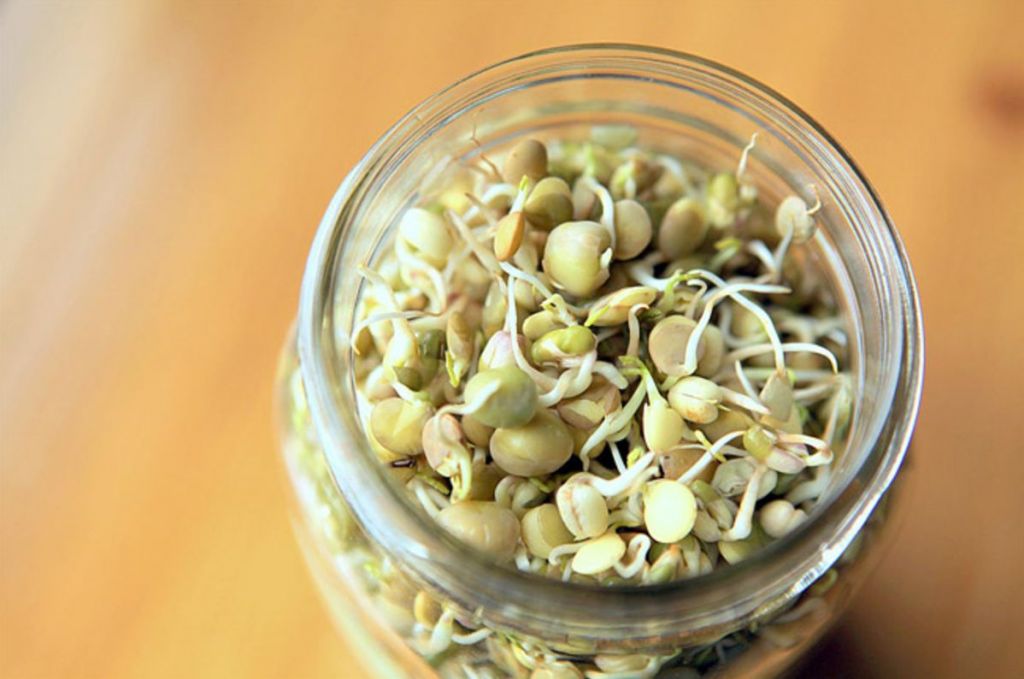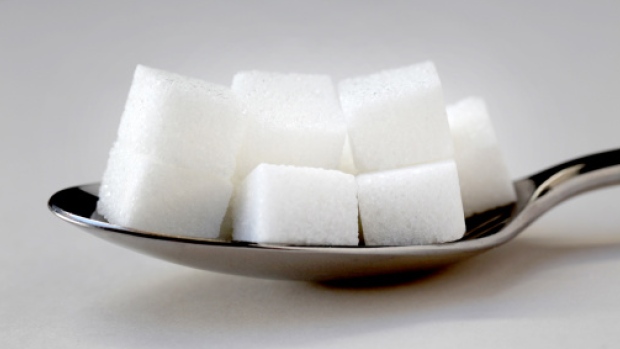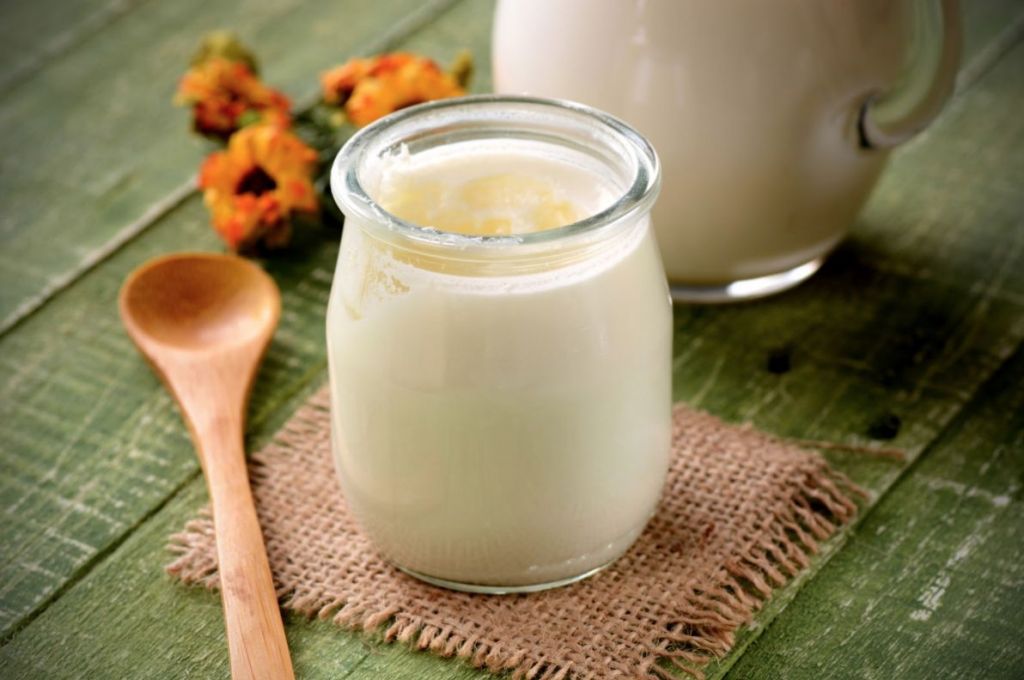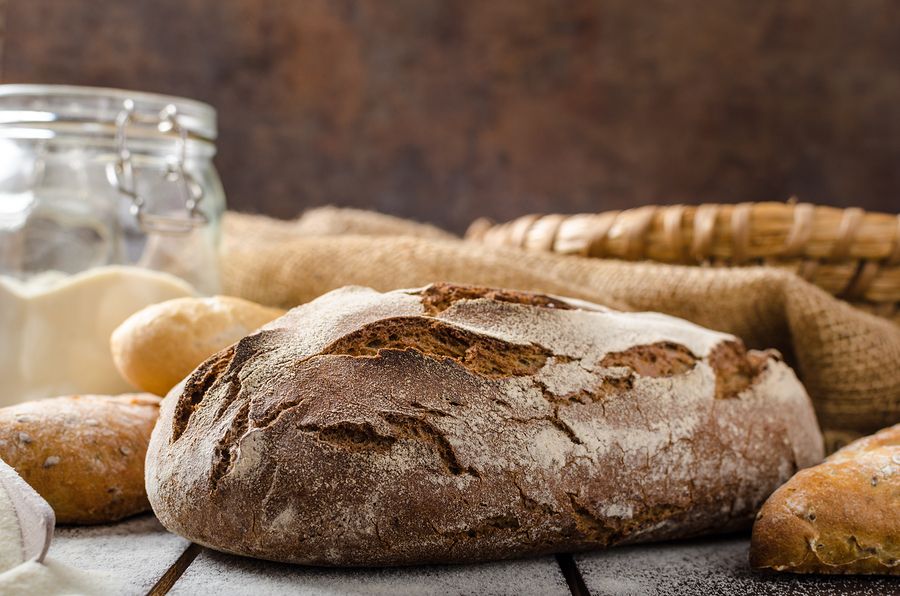2016 marked a year of both peculiar and timeless food trends, advanced fitness technology and questionable fads. With the arrival of 2017, perhaps something a little different is required. If so, we’ve got you covered. Read on for a list of health and nutrition trends to keep in mind—and a few to avoid—to stay on track for a healthy, happy and effortless 2017.
1. Sprouting
According to the Canadian Health Food Association (CHFA), sprouting is the first new natural food trend expected to gain attention this year. Not only is sprouting a nutritious way to add nutrient-rich vitamins and minerals in your diet, but you can actually grow sprouts from the comfort of your own home. DIY sprouting is simple and affordable. The CHFA recommends the tiny green mung bean popular in Asian countries, and just one cup provides a full day’s intake of iron. To sprout these yourself, all you need are seeds, an airtight jar and water.
2. Cutting (not quitting) sugar
It may sound tough—if not impossible—to fully eliminate sugar from your diet. One starting point might be to make sure you’re consuming it moderately, since too much sugar is linked to diabetes, heart disease and obesities and can have other lasting effects on the body. Scientists are still debating why exactly sugar should be avoided along with processed foods containing large amounts of sugar. Some studies and doctors will still suggest alternatives like stevia, which contains zero calories and does not cause a blood spike like sugar does. Not a fan of artificial sweeteners? For natural options, honey and dates represent a safe and smart addition to your pantry.
3. Kefir
Another DIY option for the health-conscious: kefir is a fermented milk product with a similar consistency and almost-identical taste to yogurt. It contains 30 different microorganisms, and is a fantastic source of probiotics and prebiotics. Make it at home with milk, kefir cultures and a cheesecloth, and pour over granola or in a smoothie. Kefir is also a great option after a workout to promote healthy digestion.
4. Smart carbs
Another predicted health trend from the CHFA is a surge in smart and healthy carbohydrates. Although many people aim, around the new year, to avoid carbs as much as possible (or at least for as long as possible), it is possible to live a healthy life while following a carb-conscious (but realistic) diet. As long as you’re eating the right carbs, you can safely say no to the guilt. Instead of white bread, reach for bread made with ancient grains, which are nutrient-rich and fibre-packed, and will keep you fuller longer while satisfying your cravings. Or instead of fried potato chips, opt for beet chips or a snack containing complex-carbs. Don’t deny yourself snacks, we say – just snack responsibly.
5. Fitness made fun
A new year almost always involves far-fetched goals of hitting the gym five times a week, or finally kicking that habit of devouring chocolate bars on a nightly basis. But year after year, fitness centres see a drastic dip in membership come February, when real life gets in the way. Instead, set a fun fitness goal that you can train for with a friend. Obstacle courses such as Tough Mudder, the Spartan Race or a more family-friendly race are great places to start. Not only can you avoid boredom by switching up training (think: distance running to sprints, or weight training and yoga), but in the process you may even find something that you love and choose to pursue. If obstacle courses aren’t your cup of tea, there are plenty more opportunities to try out a new fitness trend.
Wondering what trend you should leave behind?
Fat fear
Fat, like carbohydrates, often gets a bad rep. When we think fat, we tend to picture slabs of bacon or blocks of butter. But fat doesn’t necessarily make you fat – as long as you’re ware of which fats are healthy to consume and which to stay away from. Certain fats, Omega-3s, are found in wild salmon and flax seed. There are also fats that help your body burn food efficiently, such as olive oil and walnuts. Of course, try to limit yourself when it comes to trans fats found in your favourite hamburger or pizza slice. Be mindful of what goes into your body, but don’t limit yourself from what really makes you happy.






